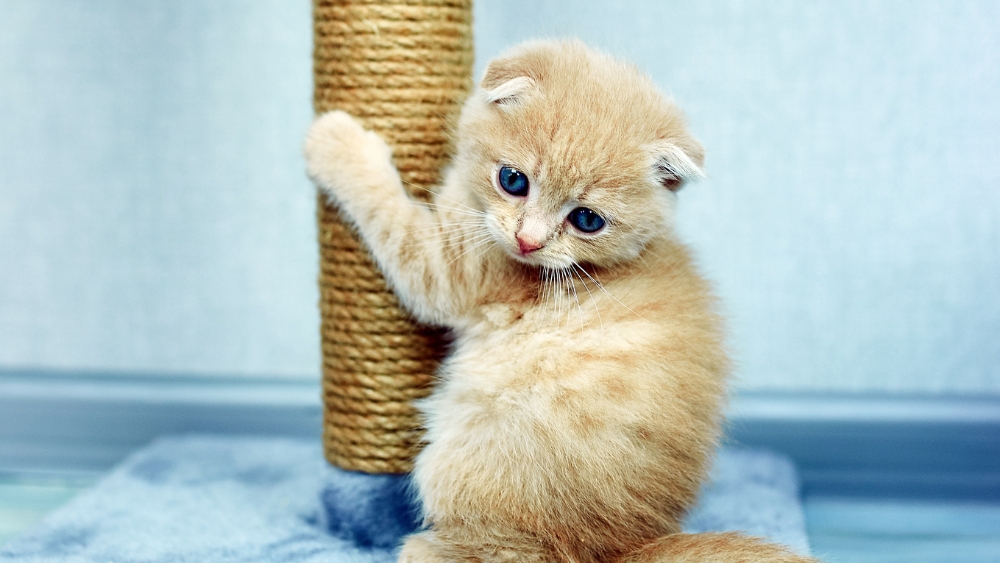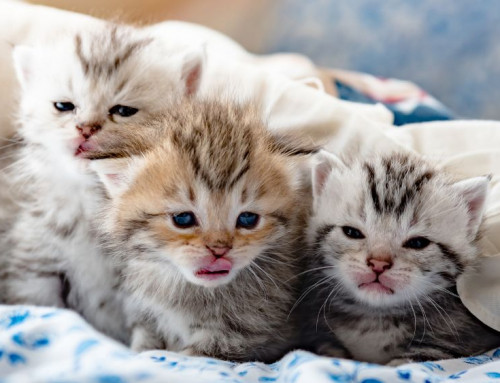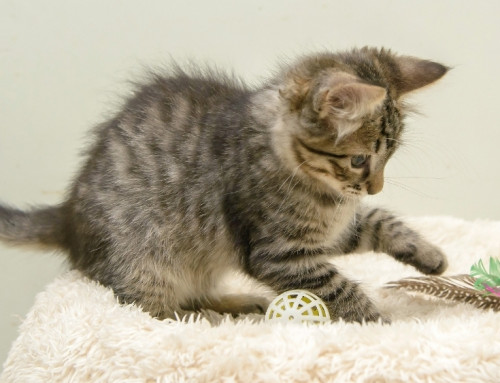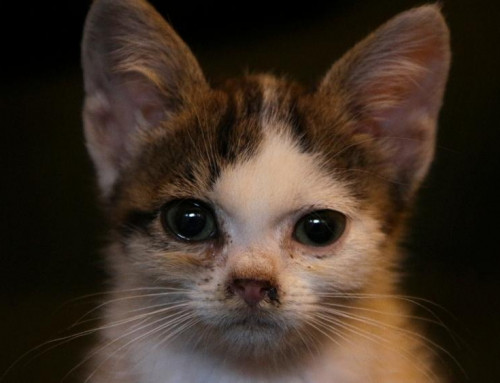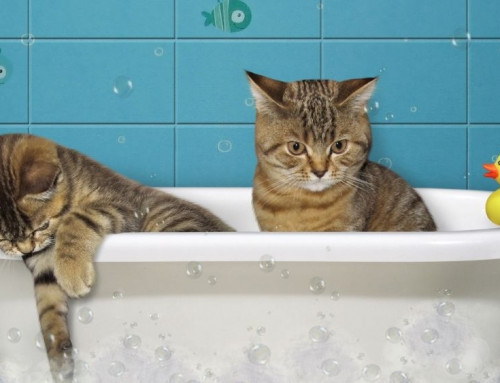Share this resource or email it to a friend!
Scratching is normal cat behavior. Kittens begin to retract their claws at about 28 days of age and to scratch things by day 35. Scratching: conditions their claws by removing old nail sheaths; displays dominance and proclaims territory by scent marking with the glands on their front paws and visually marking with shredded matter as evidence; stretches and exercises their muscles; and provides a pleasurable sensation. Cats also use their claws to scratch and groom and defend themselves.
Fosters should accustom kittens to having their paws handled and their nails trimmed (be gentle, go slowly and offer treats for good behavior), and encourage the use of scratching objects.
When kittens are adopted into new homes, they should immediately be provided with scratching posts and other acceptable objects to satisfy their need to scratch. That way they’re less likely to scratch the carpet, the couch and objects that are off-limits from their adopter’s point of view.
When choosing a scratching object, consider these attributes:
Size. A tall post with a wide base will satisfy cats who like to scratch vertically. In addition to posts, cat trees offer lots of good scratching options and resting places. In multi-cat households where floor space is limited, cat trees and covered wall shelves not only provide multiple scratching opportunities, they also increase the real estate available to cats and decrease squabbles between cats.
Stability. A scratching post that falls over when cats go at it will scare them and make it unlikely that they’ll view it as a good place to scratch.
Texture. Cats have different preferences when it comes to digging in their claws. Some like carpet, others sisal fabric and then there’s corrugated cardboard.
Orientation. Some cats are highly discriminating and prefer to scratch horizontally on the arm of your sofa or vertically on the front of the sofa. Providing both horizontal and vertical scratching options, not of your sofa, is a good tactic.
It’s also helpful to:
- Trim claws to minimize damage to household items or injury to kittens if their claws get caught on something.
- Refrain from holding cats’ paws and showing them how to use a scratching post or board. You’ll probably frighten and discourage them.
- Apply special sticky tape to your furniture to deter cats from scratching. They usually hate sticky things on their paws.
- Provide several scratching opportunities in different locations in the home. Because cats enjoy stretching after a good nap, place scratching posts near favorite sleeping spots.
- Keep well-worn scratching objects until you can’t stand them. Your cat has gotten them to the perfect state, in her eyes.
- Consider furniture fabrics such as microfiber, denim, faux suede and synthetic polyester, nylon and acrylic that your kitten views as less desirable for scratching; avoid tweed, cotton, silk, chenille that easily catch and damage cat claws. In terms of wooden furniture, look for smooth surfaces that don’t invite claws to dig into them.
Want to have some fun training your cat to scratch here and not there? Clicker training is a simple and enjoyable way to replace unwanted behaviors with new, desirable behaviors.
When you’re clicker training, you may “catch” the kitten doing something you want repeated. For example, if your goal is for her to use a scratching post instead of the sofa, first make the sofa unattractive with one of many products to discourage scratching.
Catnip is a great way to interest cats in a scratching post or pad. However, since the response to catnip is hereditary (about 70-80% of cats react) and kittens younger than 6 months of age don’t react to catnip, a wand toy is a good option to get cats excited.
As soon as her paws touch the post, click and treat. Continue to move the toy on the post and click and treat. Once she understands that scratching the post is rewarded, wait until she naturally offers the behavior and click and treat. Pretty soon, she’ll understand that’s the behavior you want.

